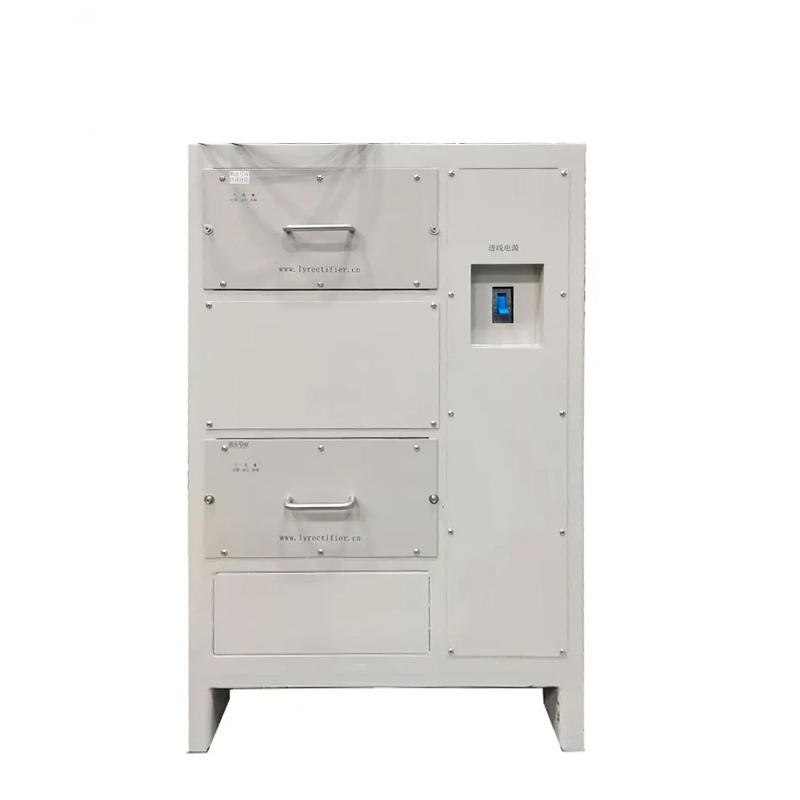Water treatment power methods can be summarized in three ways:
①The most commonly used method is to obtain the required water quality by removing some or all impurities in raw water;
② Obtain the required water quality by adding new ingredients to the raw water;
③The processing of raw water does not involve removing impurities or adding new ingredients.
Impurities in water and treatment methods Impurities in water include entrained coarse substances, suspended solids, colloids and dissolved substances. Coarse materials include floating aquatic plants in the river, garbage, large aquatic organisms, gravel in wastewater, and large pieces of dirt. In water supply projects, coarse impurities are removed by the facilities of the water intake structure and are not included in the scope of water treatment.
In wastewater treatment, the removal of coarse impurities generally belongs to the pretreatment part of the water. Suspended solids and colloids include sediment, algae, bacteria, viruses, and insoluble substances originally in the water and produced during the water treatment process. Dissolved substances include inorganic salts, organic compounds and gases. There are many treatment methods for removing impurities from water, and the applicable scope of the main methods can be roughly divided according to the particle size of the impurities. Because the impurities contained in raw water and the allowable impurities in finished water vary greatly in type and concentration, the water treatment processes also vary greatly.
As far as domestic water (or urban public water supply) is concerned, raw water taken from high-quality water sources (well water or well-protected special water supply reservoirs) only needs to be disinfected to become finished water; raw water taken from general rivers or lakes must first be disinfected. Remove turbid impurities such as sediment and then disinfect them; pollutants such as organic matter need to be removed from raw water that is seriously polluted; iron and manganese need to be removed from raw water containing iron and manganese (such as some well water). Domestic water can meet the water quality requirements of general industrial water, but industrial water sometimes requires further processing, such as softening and desalination. When the water quality requirements for wastewater discharge or reuse are low, coarse impurities and suspended solids only need to be removed by screening and sedimentation (often called primary treatment); when organic matter is required to be removed, it is generally used after primary treatment. Biological treatment (often called secondary treatment) and disinfection; for wastewater after biological treatment, the treatment process is collectively called tertiary treatment or advanced treatment, such as removal when the wastewater is discharged into a water body that needs to prevent eutrophication. The nitrogen and phosphorus process belongs to the third-level treatment (see the physical and chemical treatment of water). When wastewater is used as the water source, the finished water quality requirements and corresponding processing procedures depend on its use. In theory, modern water treatment technology can produce any high-quality finished water from any low-quality water.
Classification of methods The process of water treatment is actually a processing procedure that is designed according to the difference between the quality of raw water and finished water, and must be adopted for raw water. Each process produces a physical, chemical or microbiological effect on the raw water. One process is usually completed in one processing equipment, but there are also several processes that are completed in one processing equipment. One process or a combination of several processes can constitute a unit method of water treatment, such as coagulation, sedimentation, filtration and disinfection, which are the most commonly used unit methods of water supply treatment.
Various unit methods can be divided into two categories: physical and chemical methods and biological methods according to the theoretical basis applied.
All treatment methods based on the principles of physics or chemistry (including physical chemistry) or both are included in the physical and chemical methods. All treatment methods based on the theoretical basis of the life activities of microorganisms are included in biological methods, also known as biochemical methods.
We can also borrow the concepts of unit operation and unit process in chemical engineering to divide various treatment processes into unit operations (which do not produce chemical reactions, such as liquid transportation, precipitation, filtration, reverse osmosis, etc.) and unit processes (which produce chemical reactions) , such as coagulation, disinfection, chemical precipitation, biological oxidation, etc.) two categories.



Rectifiers are widely used in the metallurgical industry, mainly in…
Basic principle of rectifier for electrolytic hydrogen production: Electrolysis of…
Liyuan Haina Rectifier, the professional manufacturer in IGBT and SCR rectifier, committed to providing you with quality solutions and products.
Get more details? We’ll response as soon as possible (within 12 hours).
Liyuan Haina Rectifier, the professional manufacturer in IGBT and SCR rectifier, committed to providing you with quality solutions and products.
Get more details? We’ll response as soon as possible (within 12 hours).